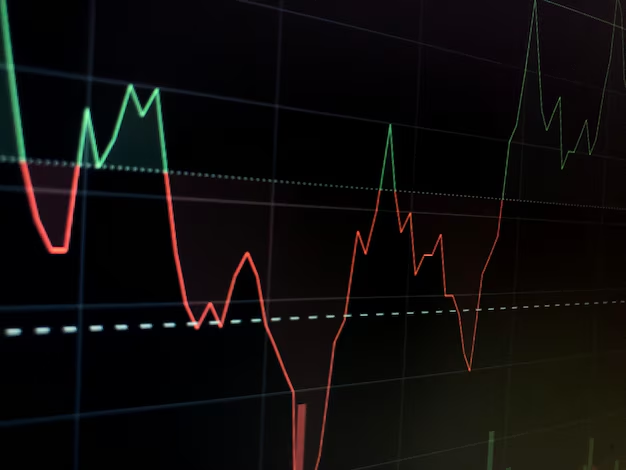Understanding Volatility in Options Trading and Its Impact
Navigating the complex world of options trading can seem daunting, especially when terms like volatility play a crucial role in the decision-making process. But what exactly is volatility in options trading, and why should traders pay attention to it?
Volatility is essentially the degree of variation of a trading price series over time. When applied to options trading, it represents how much the market price of the underlying security is expected to fluctuate during the life of the option. Understanding this concept is vital for making informed trading decisions.
Types of Volatility in Options Trading
Historical Volatility: Refers to the past market prices' movement over a specific period. It is the standard deviation of past price changes and provides insight into the security’s historical price fluctuations.
Implied Volatility: Signifies the market's forecast of a likely movement in an underlying asset’s price. It is derived from the option's current market price and is essential in setting option premiums.
Why Is Volatility Important?
Volatility is crucial because it affects the pricing of options. Higher volatility means the underlying asset is more likely to experience extreme price movements, resulting in higher option premiums. Traders often look to capitalize on volatility by using strategies that align with their market outlook:
- Bullish traders may use long calls or put selling strategies during low volatility, anticipating a price rise.
- Bearish traders might employ long puts or call selling strategies during periods of expected decline.
- Neutral traders could implement straddles, strangles, or iron condors to benefit from stable market conditions.
Volatility and Risk Management
Considering volatility's impact on the options market, managing risk becomes increasingly important. Traders should:
- Diversify portfolios to minimize exposure to unpredictable market swings.
- Utilize stop-loss orders to automatically sell an asset at a certain price to limit losses.
- Be aware of macroeconomic factors like interest rates, inflation rates, and geopolitical events that can contribute to volatility spikes.
Exploring Educational and Financial Resources
For those looking to deepen their understanding of options trading and volatility management, several educational resources and programs can be extremely helpful:
- workshops and courses on derivative trading fundamentals and strategies.
- webinars by financial experts to stay updated on current market trends.
- tutorials on trading platforms featuring real-time practice sessions.
Additionally, anyone dealing with financial challenges, whether in trading or everyday life, could benefit from exploring various financial assistance and credit solutions:
- Government aid programs for brief financial setbacks or emergencies.
- Debt relief options to reduce or eliminate outstanding obligations and find a sustainable path forward.
- Credit counseling services to provide guidance on maintaining effective credit scores and management strategies.
Finally, pursuing educational grants can enhance one’s financial literacy and trading proficiency, ultimately leading to more informed economic decisions.
Financial and Educational Support Options
- 📊 Workshops and Online Courses: Enhance your market knowledge and proficiency in trading strategies.
- 📈 Webinars on Trading Trends: Stay informed about current market conditions and volatility impacts.
- 🏛️ Government Aid Programs: Access support during financial challenges.
- 💳 Debt Relief Options: Manage obligations and improve financial health.
- 🏫 Educational Grants: Invest in lifelong learning and financial literacy.
By understanding and leveraging volatility in options trading, individuals can not only enhance their trading capabilities but also strengthen their overall financial well-being. Equipping yourself with the right tools and knowledge can lead to more effective decisions and a brighter economic future.
